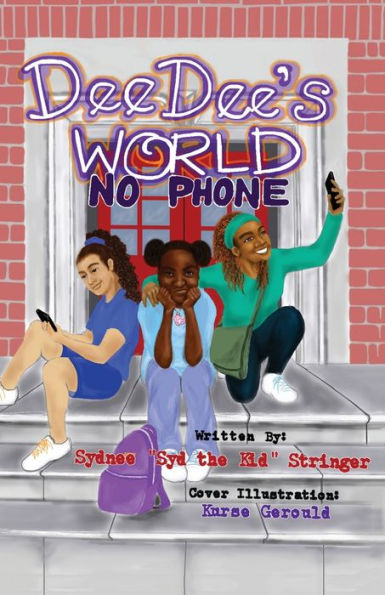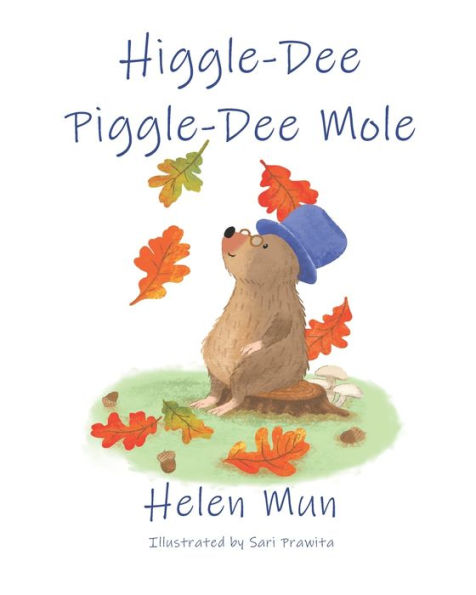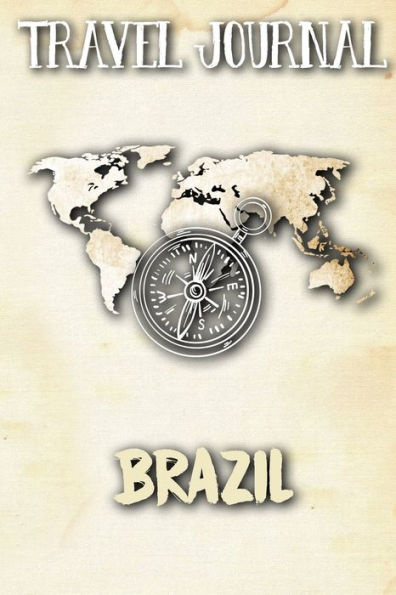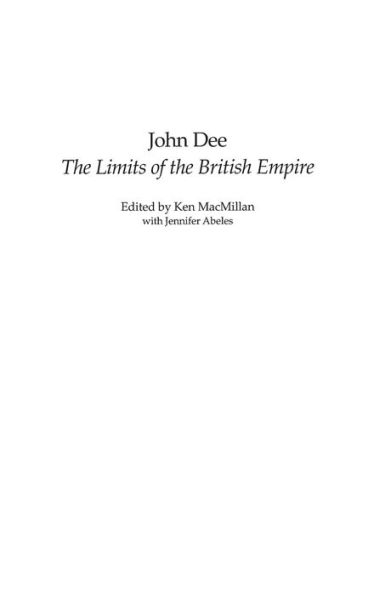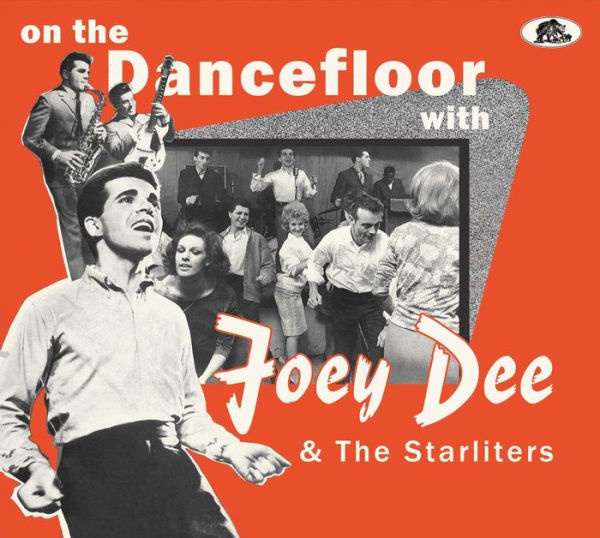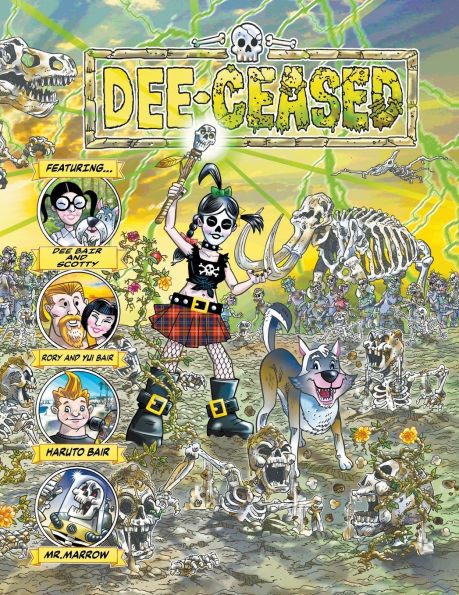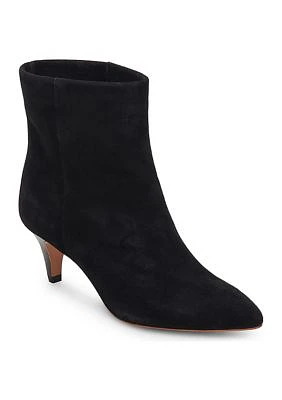Home
Double Dee-Light
Barnes and Noble
Double Dee-Light
Current price: $13.99


Barnes and Noble
Double Dee-Light
Current price: $13.99
Size: OS
Loading Inventory...
*Product information may vary - to confirm product availability, pricing, shipping and return information please contact Barnes and Noble
Leonard George DeStoppelaire
, known professionally as
Lenny Dee
, occupied a leading position at the head of a pack of plugged-in organists who swarmed across the face of U.S. pop culture for about 20 years beginning in 1955. When he first began recording for
Decca
, the only organist carrying on with comparable camp was zingy
Ethel Smith
. When she arrived on the scene in the 1940s, the Hammond organ was largely the province of jazzmen like
Milt Herth
,
Glenn Hardman
Count Basie
, and the original jazz organist,
Fats Waller
.
Dee
's overall contribution to history owes its impact to cornball shenanigans and slightly weird mood music. He is infinitely more interesting and fun than Wurlitzer-wielding
Ken Griffin
and what could be termed the Seconal school of sentimental mood music. At his best,
was a perky interpreter of popular airs who clearly loved to ham it up. Despite a discography containing more than 50 LPs, a surprisingly small number of digital
reissues have appeared since he stopped recording.
Jasmine
's
Double Dee-Light
has terrific merit as a nearly ideal introduction to his unique persona and often slaphappy technique. Fortified by direct ties with Nashville through initial assistance from
Red Foley
soon became the undisputed king of squinky electric pop keyboards, and some of his kookier album covers have since become cherished collector's items. Sampling his output from 1954-1956,
opens with the song that put
on the map,
"Plantation Boogie,"
which is a recognizable cover of
Clarence "Pinetop" Smith
's famous
"Boogie Woogie."
did his stuff using a Hammond Model A organ modified with a Maas-Rowe Vibrachord and the Hammond Solovox, devices that enabled him to submerge his listeners in aspic as he does during the mildly mysterious
"Fan Tango."
's primary repertoire consisted largely of old-time vaudeville, jazz, and pop ditties like
"Five Foot Two Eyes of Blue,"
"That's My Weakness Now,"
"Toot Toot Tootsie Goodbye,"
"Ain't She Sweet,"
and
"Alabamy Bound,"
in addition to
"Hawaiian War Chant"
and real standards like
"Stompin' at the Savoy,"
"Caravan,"
"I'm Beginning to See the Light."
For all his success as an interpreter of ballads and mood music,
was first and foremost a restless purveyor of toe-tapping tunes that most of his audience already knew by heart. At any given moment
was likely to morph into his zippier self with caffeinated delights like
"Yodelin' Organ,"
"Hot Foot Boogie,"
and the charmingly titled
"Jumpin' on the Organ,"
during which
picks up where
left off in 1943 with
"Bouncin' on a V-Disc."
Whenever he settled upon verifiably solid material like
Meade "Lux" Lewis
'
"Honky Tonk Train Blues"
Tiny Bradshaw
"Jersey Bounce,"
the results were sure to be gratifying. Because it covers essentially his first 14 months of full-scale recording activity,
(together with its companion release,
In Dee-Mand
) really ought to serve as the foundation for an extended reissue campaign. ~ arwulf arwulf
, known professionally as
Lenny Dee
, occupied a leading position at the head of a pack of plugged-in organists who swarmed across the face of U.S. pop culture for about 20 years beginning in 1955. When he first began recording for
Decca
, the only organist carrying on with comparable camp was zingy
Ethel Smith
. When she arrived on the scene in the 1940s, the Hammond organ was largely the province of jazzmen like
Milt Herth
,
Glenn Hardman
Count Basie
, and the original jazz organist,
Fats Waller
.
Dee
's overall contribution to history owes its impact to cornball shenanigans and slightly weird mood music. He is infinitely more interesting and fun than Wurlitzer-wielding
Ken Griffin
and what could be termed the Seconal school of sentimental mood music. At his best,
was a perky interpreter of popular airs who clearly loved to ham it up. Despite a discography containing more than 50 LPs, a surprisingly small number of digital
reissues have appeared since he stopped recording.
Jasmine
's
Double Dee-Light
has terrific merit as a nearly ideal introduction to his unique persona and often slaphappy technique. Fortified by direct ties with Nashville through initial assistance from
Red Foley
soon became the undisputed king of squinky electric pop keyboards, and some of his kookier album covers have since become cherished collector's items. Sampling his output from 1954-1956,
opens with the song that put
on the map,
"Plantation Boogie,"
which is a recognizable cover of
Clarence "Pinetop" Smith
's famous
"Boogie Woogie."
did his stuff using a Hammond Model A organ modified with a Maas-Rowe Vibrachord and the Hammond Solovox, devices that enabled him to submerge his listeners in aspic as he does during the mildly mysterious
"Fan Tango."
's primary repertoire consisted largely of old-time vaudeville, jazz, and pop ditties like
"Five Foot Two Eyes of Blue,"
"That's My Weakness Now,"
"Toot Toot Tootsie Goodbye,"
"Ain't She Sweet,"
and
"Alabamy Bound,"
in addition to
"Hawaiian War Chant"
and real standards like
"Stompin' at the Savoy,"
"Caravan,"
"I'm Beginning to See the Light."
For all his success as an interpreter of ballads and mood music,
was first and foremost a restless purveyor of toe-tapping tunes that most of his audience already knew by heart. At any given moment
was likely to morph into his zippier self with caffeinated delights like
"Yodelin' Organ,"
"Hot Foot Boogie,"
and the charmingly titled
"Jumpin' on the Organ,"
during which
picks up where
left off in 1943 with
"Bouncin' on a V-Disc."
Whenever he settled upon verifiably solid material like
Meade "Lux" Lewis
'
"Honky Tonk Train Blues"
Tiny Bradshaw
"Jersey Bounce,"
the results were sure to be gratifying. Because it covers essentially his first 14 months of full-scale recording activity,
(together with its companion release,
In Dee-Mand
) really ought to serve as the foundation for an extended reissue campaign. ~ arwulf arwulf
![Shadows and Light [Red & Clear 2LP] [Barnes Noble Exclusive]](https://prodimage.images-bn.com/pimages/0603497826117_p0_v2_s600x595.jpg)
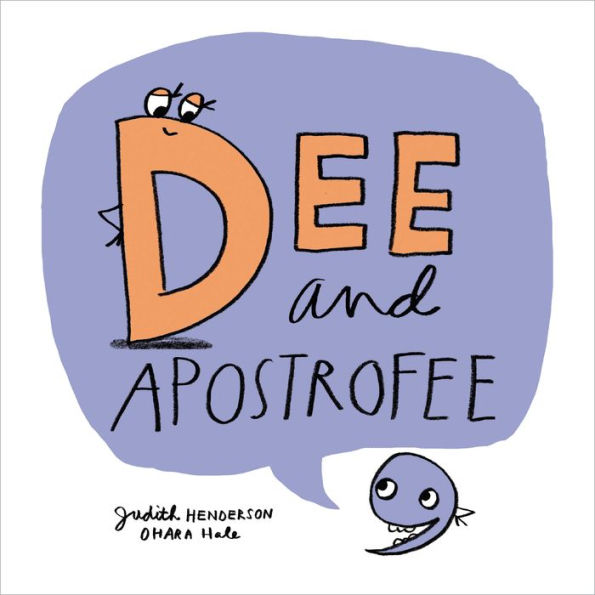
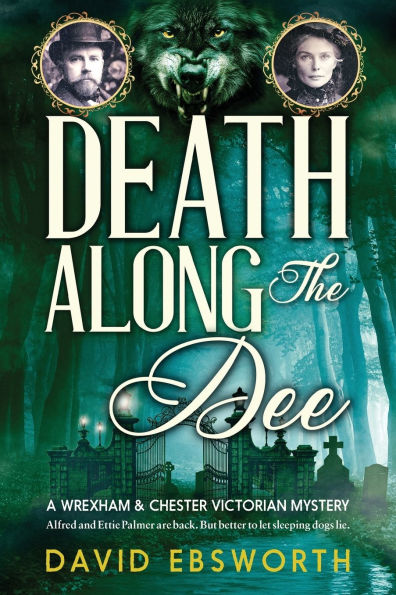
![Little Girl Blue [Light Pink Vinyl] [Barnes & Noble Exclusive]](https://prodimage.images-bn.com/pimages/4050538941944_p0_v3_s600x595.jpg)
